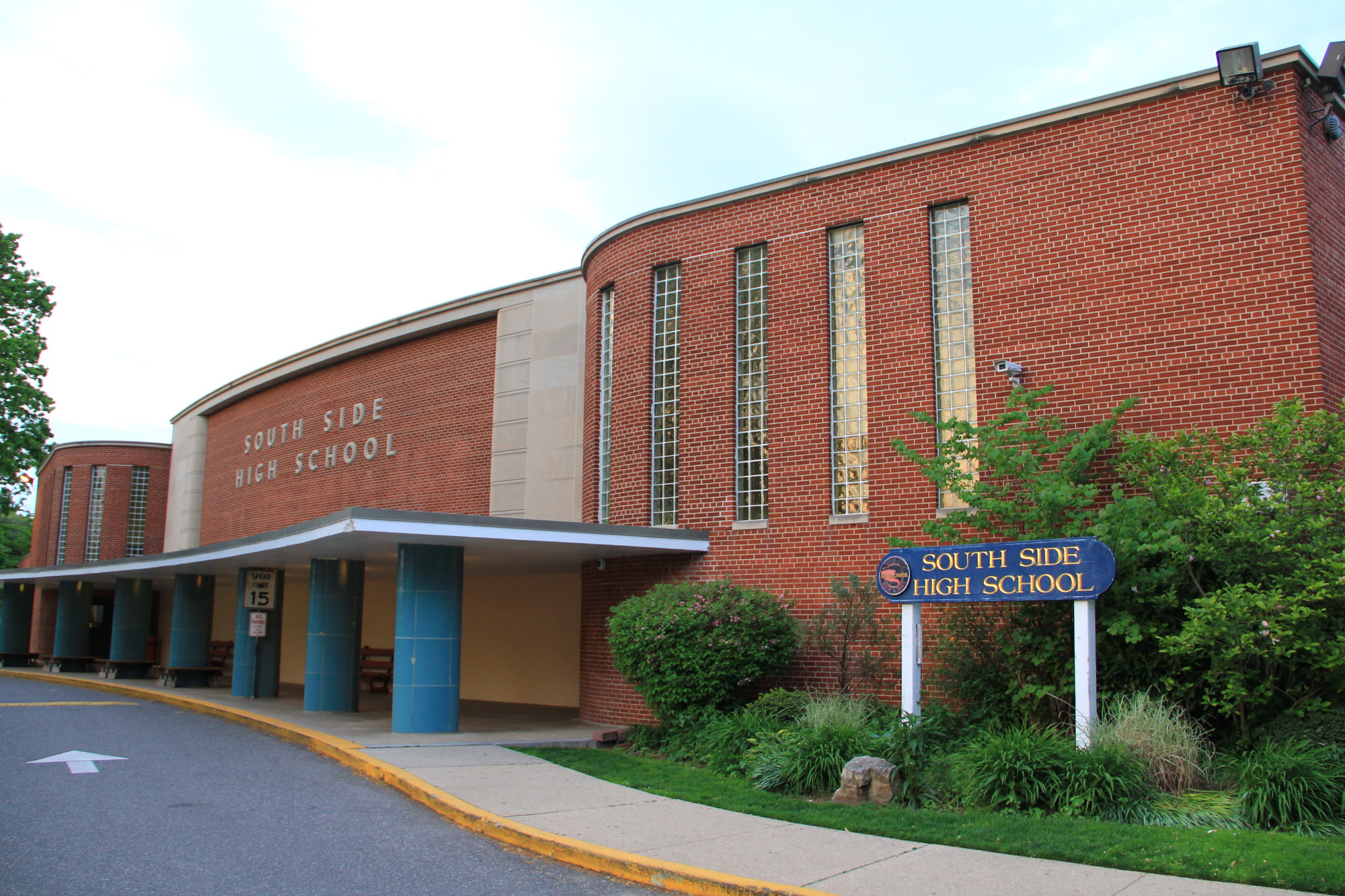Videos bring lessons home at South Side
Education Foundation grant will fund expanded program
At the Board of Education meeting on June 4, South Side High School teachers discussed the program they created called Flipped Learning, which brings short lessons into students’ homes with online videos.
The program was tested this year by a handful of high school teachers of various subjects. They recorded short videos — usually about five minutes long — and uploaded them so students could view them at home. Thanks to a grant from the Rockville Centre Education Foundation, the program will be expanded next year.
“Essentially, what it means is that part of [the] instruction is put to video so that it can be accessed by students outside of the classroom,” said SSHS Principal Dr. Carol Burris. “That really extends instructional time. And it can be used for a variety of different purposes.”
Teachers showed some of the lessons they devised at the meeting. Some were straightforward videos of an instructor’s face. Other teachers, however, recorded what they were doing on the interactive whiteboards in their classrooms while providing voice-overs, or what was happening on their computer or iPad screen.
As the program was getting off the ground, the team of teachers realized they had common concerns. “What if we make a mistake? What if my handwriting is messy as I’m writing on a tablet? What will the parents think?” said Christine Brown. “These were some of the major concerns we had as a team. And working together, we came to realize that we’re human. We teach your children with our hearts and we put our minds into it, but making a mistake is human and normal. There’s something very natural about the Flip videos, and it’s OK to have that more casual tone with the Flip videos.”
After a few weeks of practice, the teachers said, it took only a few minutes to make a video. And their creations had definite benefits for students. One English teacher uploaded a video showing how to break down a passage from a book. It was a resource that students could refer to when doing their own work.
In science classes, teachers uploaded videos for upcoming labs, allowing students to plan in advance and save valuable classroom time.
The videos were seen primarily as small additions to homework. Teachers came up with ways to make sure that students watched them, which could be something as simple as drawing a smiley face on a paper to be handed in the next day. Asked if kids were actually watching the videos, one teacher said that, in general, those who were not were the same students who didn’t normally do their homework.
With the grant from the Education Foundation, the program will be expanded next year and brought to more classes. The teachers who were part of the pilot program will help train their colleagues.
“The ideas just keep blossoming,” said teacher Maria Schneider. “And I’m always just so impressed with what we came up with.”

 48.0°,
Overcast
48.0°,
Overcast 




